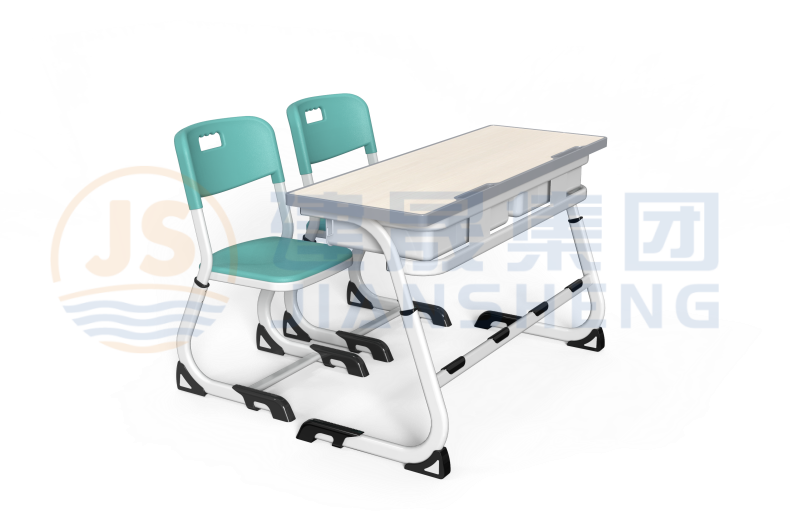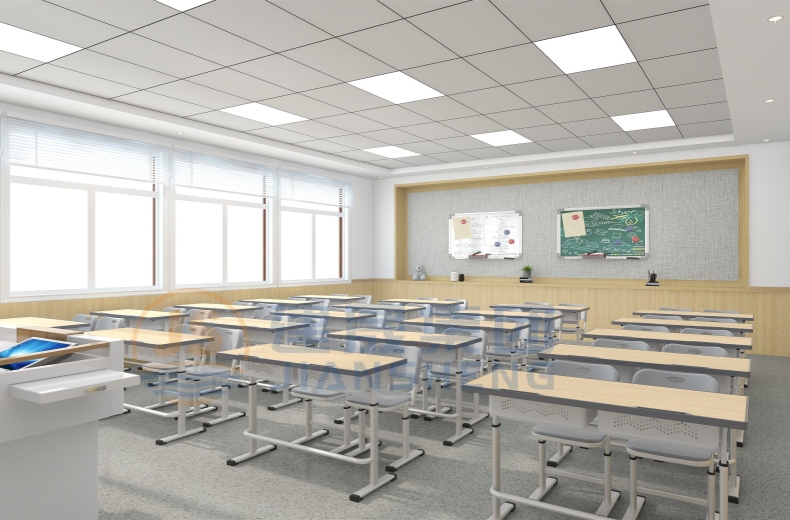- Casa
- Sobre nós
- Serviço
-
Solução
- Sala de aula do jardim de infância
- Sala de aula da escola primária
- Sala de aula da escola secundária
- Sala de aula do ensino médio
- Sala de aula universitária
- Sala de aula de treinamento
- Sala de aula de música
- Sala de aula de arte
- Palestra em sala de aula
- Sala de aula de informática
- Biblioteca
- Escritório principal
- Escritório de Administração
- Sala de reuniões
- Sala de recepção
- Área Pública
- Gabinete dos Professores
-
Produtos
- Estudo de caso
- Notícia
- Projetos de RV
- Central de vídeos
- Laboratório JS
- Contate-nos

Customizing School Furniture to Meet Specific Needs
In the realm of education, the design and functionality of school furniture play a crucial role in creating conducive learning environments. Tailoring school furniture to meet specific needs is essential for accommodating diverse teaching methodologies, student preferences, and space constraints. Here’s a comprehensive guide on how to customize school furniture according to specific requirements:

1. Assessment of Educational Needs: The first step in customizing school furniture is to assess the educational needs of the institution. This involves understanding teaching methods, student demographics, curriculum requirements, and any unique considerations specific to the school's ethos or programs.
2. Collaboration with Educators and Administrators: Effective customization requires collaboration between educators, administrators, and furniture manufacturers. Engaging stakeholders in discussions about pedagogical approaches, classroom dynamics, and spatial constraints ensures that customized furniture aligns with the school's educational objectives.
3. Functionality and Flexibility: School furniture should prioritize functionality and flexibility to support diverse learning activities and teaching styles. Customization may involve adjustable features, such as height, angle, or configuration, to accommodate different age groups, subjects, or classroom layouts.

4. Ergonomics and Comfort: Comfortable and ergonomically designed furniture enhances student focus, concentration, and overall well-being. Customized school furniture should consider ergonomic principles, such as proper posture support, lumbar comfort, and ease of movement, to promote a healthy learning environment.
5. Space Optimization: Customized school furniture should be tailored to optimize space utilization within classrooms, libraries, laboratories, or common areas. This may involve modular designs, stackable options, or furniture with built-in storage solutions to maximize floor space and facilitate seamless transitions between activities.
6. Durability and Safety: School furniture must be durable and safe to withstand the rigors of daily use by students of varying ages. Customized furniture should adhere to stringent safety standards, with sturdy construction, rounded edges, and non-toxic materials to minimize the risk of accidents or injuries.
7. Aesthetic Appeal and School Identity: Customized school furniture can contribute to the aesthetic appeal of educational spaces while reflecting the school's identity and values. Options for customization may include color choices, branding elements, or personalized designs that enhance school pride and cohesion.

8. Environmental Sustainability: With growing awareness of environmental issues, customized school furniture should prioritize sustainability and eco-friendliness. Manufacturers can use responsibly sourced materials, recycled components, or energy-efficient production processes to minimize environmental impact and promote a culture of sustainability.
9. Technology Integration: In the digital age, customized school furniture can incorporate features to support technology integration in the classroom. This may include built-in charging stations, cable management systems, or adjustable mounts for interactive displays, laptops, or tablets to enhance digital learning experiences.
10. Budget Considerations: While customization offers tailored solutions, it's essential to balance customization with budget constraints. Schools should work closely with furniture manufacturers to explore cost-effective customization options that meet educational needs without compromising quality or financial sustainability.
In conclusion, customizing school furniture is essential for creating dynamic, engaging, and student-centered learning environments. By prioritizing functionality, flexibility, ergonomics, space optimization, durability, safety, aesthetic appeal, sustainability, technology integration, and budget considerations, schools can create educational spaces that inspire creativity, collaboration, and lifelong learning.
Obter o preço mais recente? Responderemos o mais breve possível (dentro de 12 horas)







